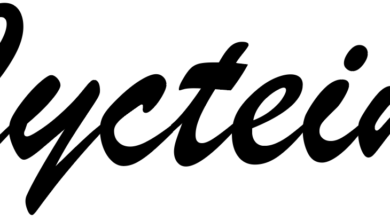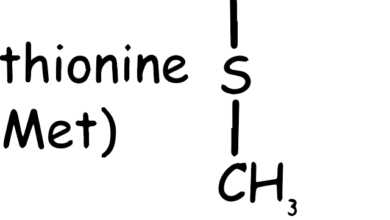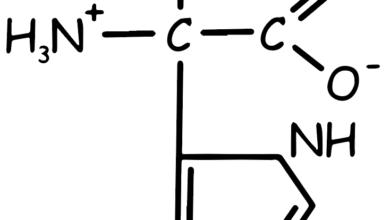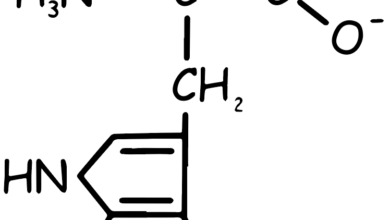Protein Digestion

Protein, distinct from carbohydrates and fats which primarily serve as energy sources, plays a crucial role in sustaining and renewing the body’s tissue proteins, which are continuously being turned over. The body requires about 30 grams of protein each day to compensate for the natural losses via metabolism and excretion. While the typical diet often provides 40–70 grams more than this minimum necessity, any surplus protein is only used for energy after the nitrogen is removed through the urea cycle.
Protein digestion is a multi-step process that breaks down dietary proteins into their constituent amino acids, which the body can then use to produce its own proteins and other nitrogen-containing compounds. Here’s a brief overview of how protein digestion occurs:
- Stomach: Protein digestion begins in the stomach. When you eat protein, it is first denatured by the acidic environment of the stomach. The enzyme pepsin, which is activated from its inactive form (pepsinogen) by stomach acid, starts breaking down protein into smaller polypeptides.
- Small Intestine: The partially digested proteins enter the small intestine, where they trigger the release of hormones that stimulate the pancreas to release digestive enzymes. Pancreatic proteases, such as trypsin, chymotrypsin, and carboxypeptidase, are secreted into the small intestine in their inactive forms. Once activated, they further break down the polypeptides into even smaller peptides.
- Brush Border Enzymes: The lining of the small intestine has its own proteases, known as brush border enzymes, which include aminopeptidases and dipeptidases. These enzymes work to break the short-chain peptides into individual amino acids and di- and tripeptides.
- Absorption: The free amino acids, dipeptides, and tripeptides are then absorbed by enterocytes (cells lining the intestine) through various transporters. Inside the enterocytes, di- and tripeptides can be further broken down into amino acids.
- Transport to Liver: Once inside the enterocytes, amino acids are transported to the liver via the portal vein. The liver can utilize these amino acids for protein synthesis, convert them to energy, synthesize other molecules, or release them into the bloodstream for other tissues to use.
- Utilization: The amino acids in the bloodstream can be taken up by cells throughout the body and used to create proteins necessary for structure, function, and regulation of the body’s tissues and organs.
This combined enzymatic action typically achieves a high digestion efficiency, with rates between 70% to 97%. This process not only digests dietary proteins but also recycles the body’s own proteins and peptides, amounting to about 50–60 grams daily. Therefore, an estimated 150 grams of protein is digested and absorbed each day.
Post-ingestion of a protein load, peptides outnumber amino acids by about tenfold in the small intestine, suggesting that peptides might be absorbed more than individual amino acids. However, significant peptidase activity at the brush border breaks down these small peptides before absorption, making it challenging to determine the precise uptake ratio of amino acids and peptides. By the time digested contents reach the ileum, nearly 90% of amino acids are absorbed, with tryptophan and glycine being less efficiently digested. It’s noted that while the intestinal lumen has a low concentration of free amino acids in the absence of food, these levels can rise significantly after consuming protein. Despite these fluctuations, digestion of a protein-rich meal is thorough and prolonged, leaving only minimal traces in the feces.
Protein digestion is crucial because proteins serve as the primary source of nitrogen in the diet and provide the amino acids necessary for the synthesis of body proteins and other nitrogen-containing compounds vital for life.



